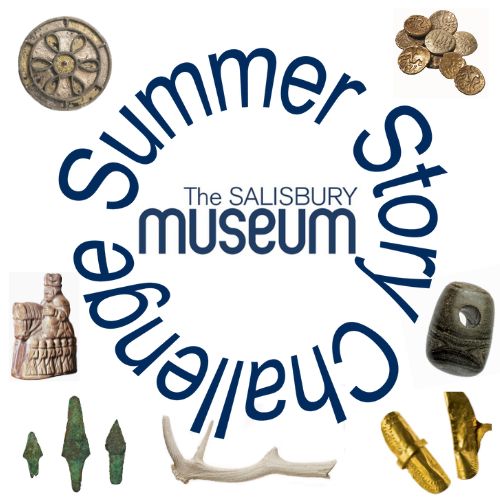Warminster Jewel
The Warminster Jewel is an aestel (manuscript pointer). It was found by a metal detectorist in a field near Cley Hill, Warminster in 1997.
The jewel is made from rock crystal and set in a beaded wire frame of gold. At the centre there is either a blue glass bead or a lapis lazuli cabochon (a gemstone that has been shaped and polished). The gold shaft would have held an ivory or wood pointer to be used as an aid to reading.
Alfred, King of Wessex (AD871–899), sent aestels to all the dioceses in his kingdom to accompany his translation of Pope Gregory’s Pastoral Care. They are very rare objects. The most famous example is the Alfred Jewel in the Ashmolean Museum, Oxford. The aestel is a symbol of Alfred the Great’s desire to encourage spiritual learning throughout his kingdom.
The acquisition of the Warminster Jewel was made possible with the help of Wiltshire County Council and its purchase was supported by the Heritage Lottery Fund, the Art Fund, the V&A Purchase Grant Fund and the L. J. Skaggs and Mary C. Skaggs Foundation.


